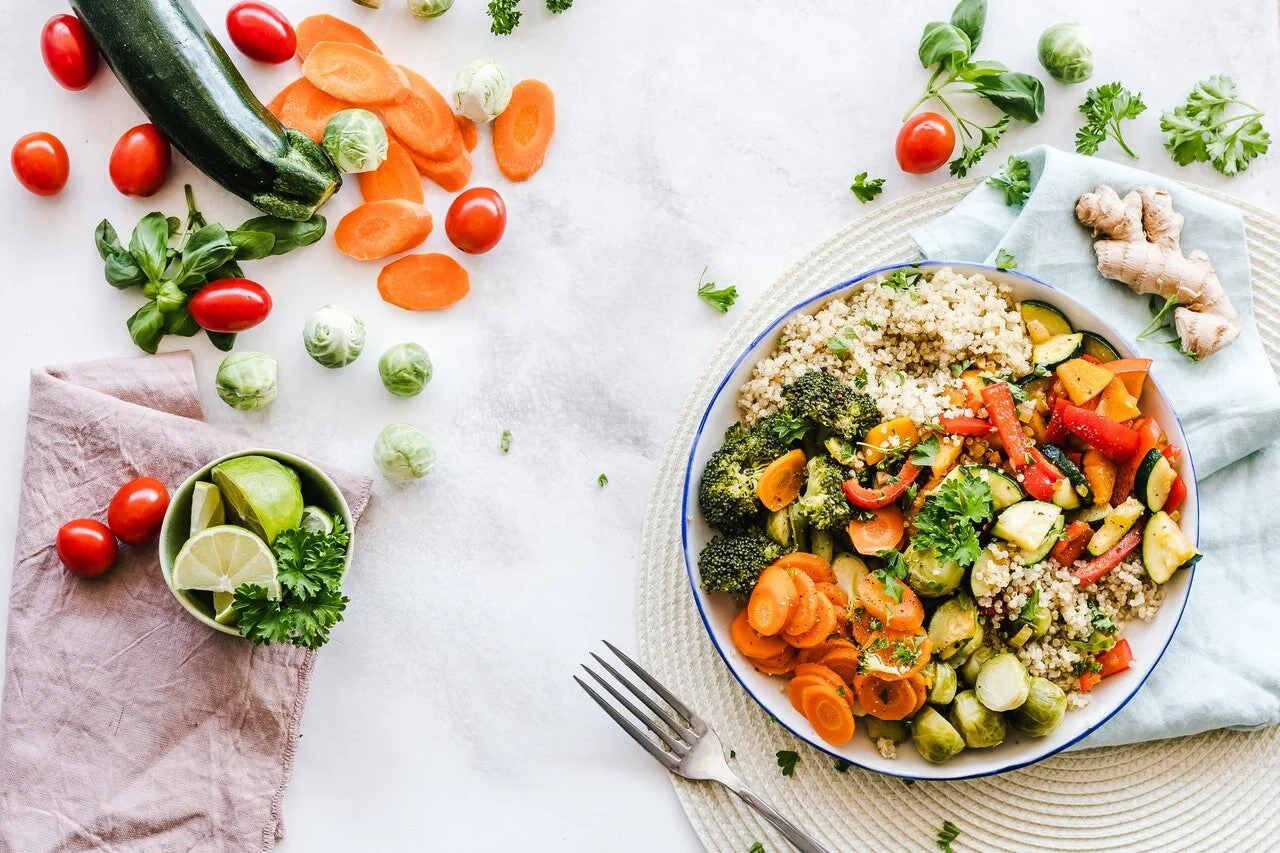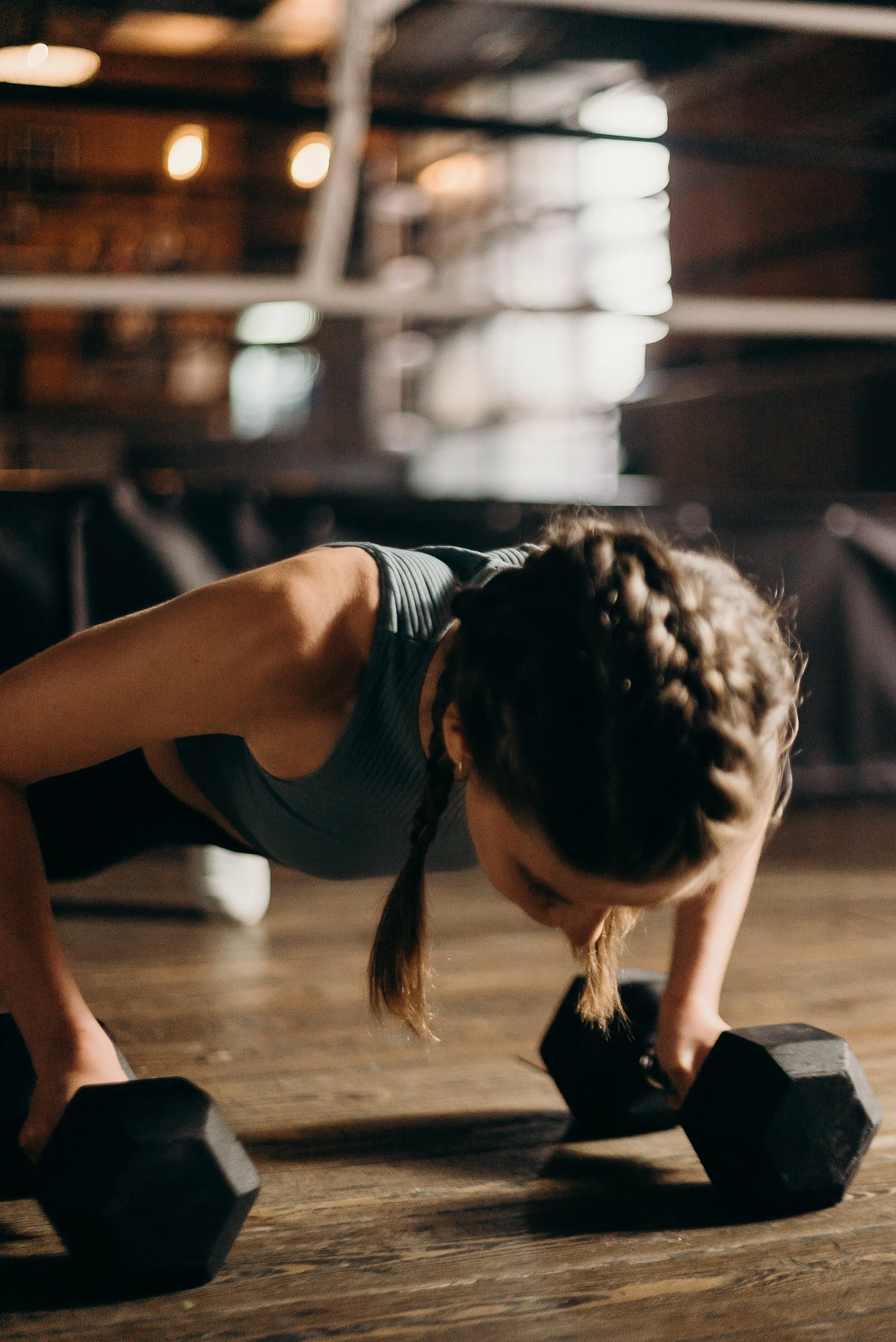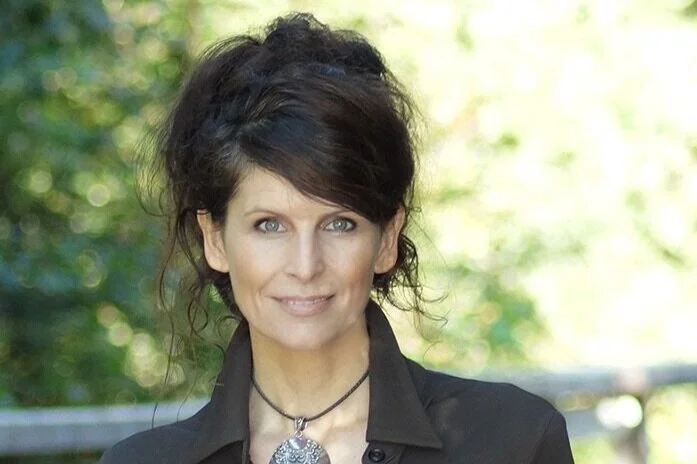Whether losing weight or striving for optimal health, the foods on this list should be the first that you consider removing from your diet...whether you like it or not (from the article 21 Worthless Foods a Nutritionist Will Immediately Cut From Your Diet )!
Picture Credit:
Westend61 and health.com-Is your favorite food on this list?
More to Read:
Even with the right foods you should still be careful. The number one reason: Portion control. Check out this list to see which foods you should eat with a leash: 10 Trendy Health Foods That Can Threaten Your Waistline
***************
Article Credit:
Author: Michael Moody Fitness with excerpt sourced from the article " 21 Worthless Foods a Nutritionist Will Immediately Cut From Your Diet " on Health.com.
What other foods should you immediately cut from your diet?Soda
The first on our list is perhaps the most obvious culprit, but despite numerous studies backing up the negative effects both diet and regular soda have on your body, our pros say it's shocking how much of it people drink. "This is not a benign food!" says Carissa Bealert, RD and co-owner of Evolution Fitness Orlando. "Artificial sweeteners and aspartame in diet soda in particular can mess with our body's regulatory system. Plus, soda doesn't nourish you. It doesn't give your body anything at all." In addition to excess calories, studies have linked soda to tooth decay, headaches, increased risk of type 2 diabetes, and decreased bone health. And despite its name, diet soda is no better: researchers at the University of Texas found that in the course of a decade, diet soda drinkers had a 70% greater waist circumference than non-drinkers. To quit a soda habit, Bealert suggests overloading your glass with ice. The soda will be diluted, and you can steadily wean yourself off. If you still need a little extra something, Bealert suggests zero-calorie sparkling water with natural flavors. Read "4 Ways to Beat Your Diet Soda Addiction in One Week" for more suggestions.
Juice
You hit the local juice bar before work and think you're making a healthy choice by drinking your breakfast. But Keren Gilbert, RD and founder of Decision Nutrition, says it's not that simple. Even though you're consuming fruits and veggies, a lot of the good stuff is left behind in the juicing process. "When you juice something, you're taking all the vitamins and sugars and leaving out all of the fiber," she says. Fiber slows down sugar absorption in the body, so without it, sugar is absorbed too quickly. This means that your tummy could be grumbling in an hour—which totally defeats the purpose of a diet, says Gilbert.
Fried food
Duh! Even though we all know fried foods are a healthy diet's arch-nemesis, fries (sweet potato or not—sorry!), chicken fingers, and onion rings are the default side dish to meals everywhere. Elisa Zied, RD, and founder of Zied Health Communications, says portion sizes of these artery-clogging items at restaurants and sports venues can be twice or three times the amount, equaling a diet disaster. "If you're going to have fried food, share it," she says. "Or order the smallest size possible, and keep it to once in a while at best." Even better, Zied says, is making healthier versions of familiar foods at home, such as baked fresh-cut fries with a drizzle of olive oil. Just for fun, check out "50 Unhealthiest Foods On the Planet" Review for other foods to avoid.
Fat-free dressing
Bealert says going fat-free (dressings are just one example) is one of the biggest misconceptions she sees in clients who want to lose weight. In fact, not all fats are bad for you. "Good" fats keep you full and help you absorb more nutrients from food. They're also beneficial for your heart: monounsaturated fatty acids (found in nuts, avocados, olive oil, and canola oil) can lower cholesterol levels and your risk of getting heart disease, while polyunsaturated fatty acids (found in fatty fish like salmon and mackerel, as well as corn and soybean oils) are a great source of heart-healthy omega-3 and omega-6 fatty acids. Another downside to low-fat diets: When you take out fat, you replace it with artificial sugars and other additives to pump up the flavor, Bealert says. When it comes to salad dressing, she recommends making homemade vinaigrette with honey mustard, olive oil, and apple cider vinegar instead of purchasing a low fat bottled variety.
Alcohol
Serious about losing weight and getting healthy? Then you'll have to ditch that daily glass of wine. Bealert suggest having no more than two drinks a week, or even fewer if you can. In addition to the added liquid calories, drinking can easily pull you off track from your diet goals. "The more you drink, the more likely you're going to have an unhealthy snack," she says. "And you probably won't want to start the next morning with egg whites and oatmeal." A Texas Tech University study found that alcohol makes women's brains more sensitive to the smell of food, which explains why it's so difficult to turn down that late-night pizza after you've had a few drinks. Sometimes this is all it takes to lose focus, and before you know it, you've completely ditched a new healthy eating plan. Still need help incorporating alcohol while focused on weight loss? Skim "How to Fit Alcohol in Your diet Without Ruining Your Weight Loss Goals".
Cheese
Yes, cheese contains bone-building calcium—and there are low-fat versions—but our pros say the bad can easily outweigh the good when portions get out of hand, which is very easily done. "Almost universally, everyone over-portions cheese," says Gilbert. "It's not that you can't have it every once in a while, but people put it in eggs, on salads, sandwiches, everywhere." Cheese is typically high in saturated fat, and for many people dairy can be difficult to digest, causing bloating. Gilbert suggests cutting out dairy completely for one week, testing the waters to see how your stomach reacts, then choosing one dish to add back an appropriate amount of cheese.
Red meat
New research from the World Health Organization found red meat to be a potential carcinogen linked to colorectal, prostate, and pancreatic cancer. That's probably more than enough to kick a cheeseburger habit, but the immediate risk to your heart health solidifies this as a red-flag food. Gilbert says it only takes one or two servings of red meat a week to take you over the limit on saturated fat. The better choices are fish and lean meats like turkey or chicken. Boost flavor and keep turkey burgers juicy by choosing a 93% lean ground meat and adding onions, peppers, and spinach to the patties.
Processed meats
The same WHO report also found a link between cancer and processed meats like bacon, hot dogs, and sausages. Processed meats that have been cured, salted, smoked, or preserved are known carcinogens and can increase your risk for colon cancer in particular. If you struggle with the idea of giving up bacon completely, Health contributing nutrition editor Cynthia Sass, MPH, RD, recommends saving it for an occasional treat. "Have a few strips of bacon at Sunday brunch or a few slices of pepperoni pizza on Friday night—but not both, and none during the week," she told Health in an earlier interview.
Flavored coffee drinks
Pumpkin spice lattes may only be available for a limited time, but that doesn't negate the excess liquid calories you consume if you drink these indulgent lattes on a regular basis. Whether it's the limited availability or a 4-oclock slump, Bealert says people rationalize decadent drinks like this, and those calories can really add up. Instead of ordering a calorie-rich flavored drink, opt for black coffee or coffee with a splash of milk. Or combat your afternoon fatigue with a brisk 10-minute walk. Not ready to make this change? At least cut out these coffee drinks: "20 Coffee Drinks with More Sugar Than a Can of Coke" Review
Gluten-free foods
Adhering to a gluten-free diet is vital for people suffering from a gluten-intolerance or Celiac disease, but going gluten-free isn't necessarily a way to lose weight or eat healthier. Lynch says many gluten-free foods and recipes use tapioca flour as a binder substitute, but this ingredient provides little or no nutrition—not to mention that gluten-free cookies, muffins, pretzels, and the like are still junk food. Instead of focusing on gluten-free labels, aim for well-rounded diet that includes plenty of fresh fruits, veggies, beans, lentils, nuts, lean proteins, and—yes—whole grains. A great source of fiber, whole grains can help regulate blood sugar, lower LDL (bad) cholesterol, reduce colon cancer risk, and aid digestion, so there are plenty of reasons to continue to enjoy them as part of a healthy diet.
Ice cream and frozen yogurt
As delicious as that pint of Ben & Jerry's in your freezer is, it's loaded with sugar and calories. Indulge in your craving too often and you're looking at increased blood sugar levels, weight gain over time, inflammation throughout the body, and a rise in LDL (bad) cholesterol, says Lynch.
Flavored instant oatmeal
While convenient, those individual packets of oatmeal are filled with 15 to 20 grams of unnecessary sugar, says Gilbert. These artificial sweeteners trigger cravings, because once blood sugar levels plummet after an hour, you'll be hungry again. Gilbert says you're better off with rolled oats (which cook very quickly, too) with real fruit, or overnight oats.
Granola
Granola is easily mistaken for a health food, but if you've ever used it to top your yogurt, you know how difficult it can be to stick to an appropriate portion of this crunchy snack (most experts recommend no more than 2/3 a cup per serving). Therein lies the problem, says Zied: "Granola is high in fat and calories and often provides a good dose of added sugar." For a healthier alternative that doesn't wreck your waistline, she suggests cutting back on the amount of granola, going low-fat, and mixing it with one to two tablespoons of chopped nuts to add protein.
Soy sauce
Douse your sushi in soy sauce, and the next thing you know you're feeling stuffed, bloated and uncomfortable. That's all thanks to its astronomically high levels of sodium. "Sodium holds on to water, which can translate to water retention and weight gain," says Gilbert. "Plus, it's really bad for blood pressure." Ask for low-sodium soy sauce instead, and use just a dash. As for other high-sodium sauces—we're looking at you, sweet and sour—Gilbert says to ask for it on the side in order to better control the amount you consume.
Dried fruit
Consider this: a fresh apricot is roughly the size of a golf ball, so you likely wouldn't eat five in one sitting. On the other hand, it's not difficult to imagine mindlessly snacking on five or more (much smaller) dried apricots. That serving-size misperception adds up to lots of sugar and calories, no matter what kind of dried fruit you choose. "Two spoonfuls of dried fruit have health benefits," says Bealert. "It's when you don't control portions—that's the problem."
Protein bars
There's a time and place for a generous helping of protein—after a sweaty, strenuous workout, for example. However, many people simply don't need the massive amounts of protein in many of the bars that line supermarket checkout aisles. "Thirty grams of protein is too much for most people at one time for a snack," says Bealert. Where all that protein comes from is another cause for concern. Bealert says that many of the ingredients in these bars are unrecognizable, may not come from whole foods, and often contain lots of sugar. Check out this list for more protein options: 36 Ways to Fulfill Your Protein Needs While Losing Weight
Picture Credit:
Westend61 and health.com-Is your favorite food on this list?
More to Read:
Even with the right foods you should still be careful. The number one reason: Portion control. Check out this list to see which foods you should eat with a leash: 10 Trendy Health Foods That Can Threaten Your Waistline
***************
Article Credit:
Author: Michael Moody Fitness with excerpt sourced from the article " 21 Worthless Foods a Nutritionist Will Immediately Cut From Your Diet " on Health.com.






























